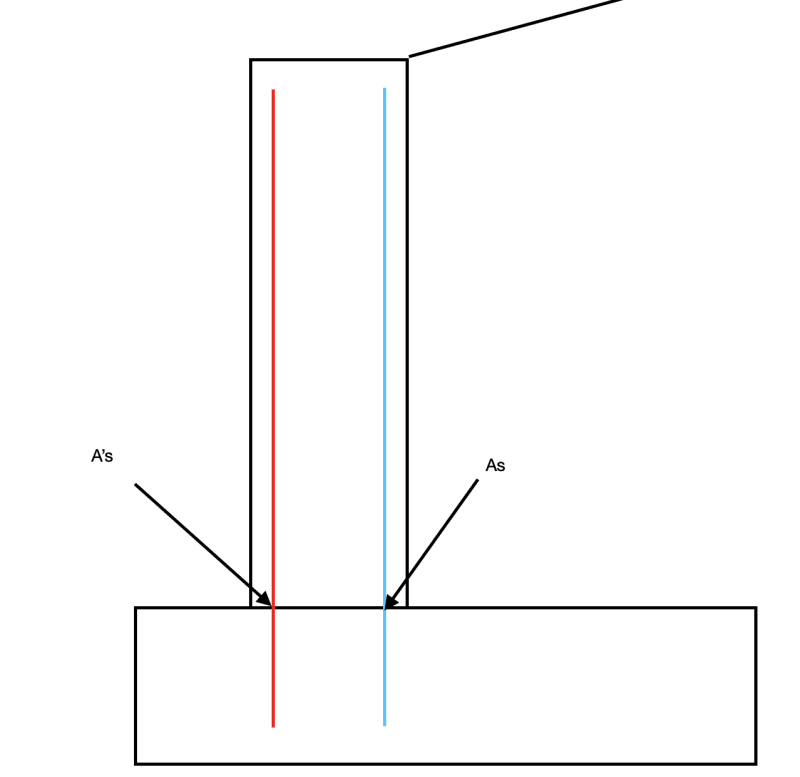The reinforcement in a Stem of a cantilever retaining wall must be double reinforcement in order to carry the moment produced by lateral forces.
Is it practical to have double reinforcement in a stem? or stem thickness to be increase in order to avoid the double reinforcement?

Is it practical to have double reinforcement in a stem? or stem thickness to be increase in order to avoid the double reinforcement?

